Monday has come and by the time we all settled into our desks to start the long work week, almost 4,000 people have been confirmed dead in the worst earthquake to hit Nepal in more than 80 years. We have seen the dramatic images of the unthinkable destruction and we have heard the heart wrenching stories, and those stories have touched us all. As a planet, as a society, and as a photography community, we have to do something to help.
That something shouldn’t involve getting on an airplane
My first instinct when a disaster of this magnitude hits is to jump off my office chair and get to the disaster area and help. I want to bring water, food, and blankets. I want to dig in the rubble looking for survivors. I want to comfort a child who can’t stop the tears from streaming down their face. I want to bring my camera, to tell the story of what is really happening. No media angles or fluff, I just want to tell the stories that I experience while providing assistance. Then I read this article, and realized what I knew in my mind all along. The best way to help is to stay home.
Unfortunately, in the immediate aftermath of large scale disaster, dropping everything at home and flying to the disaster area isn’t always helpful, and in fact can hamper organized relief efforts. I know my heart is in the right place, and I know that my photos can help tell a story that will in turn raise awareness to the plight of the Napalese people. But right now, the world is aware. And as much as every story can help, adding one extra body to an already volatile situation can be harmful, even deadly, and no story is important enough to put others at risk.
Let’s think about it this way. I find a team of photo journalist associates to travel to Nepal with me. Maybe we even piggyback with another group of aid workers, such as rebuilding volunteers or clean water groups. Our team of 10 buys our one way plane tickets for the low price of $10,000 total ($10,000 that relief organizations desperately need right now). Once we finally make it to Kathmandu, we are now responsible for ourselves. Since we didn’t bring a month’s supply of rations and water in our carry on bag, we now have to buy (or at this stage, just obtain) food and water once on the ground. Devendra Singh Tak, an official with Save The Children told CNN,
Even at the airport in Kathmandu, there is no drinking water or food or other provisions available, so one can imagine what might be happening in other parts of the country.
But say, in the unlikely case that we have some local connections who have some extra food and water for us to survive on for the next two weeks, why do I deserve that food more than a 5 year old girl who just lost her home and parents to the earthquake? Resources, especially food and water, are incredibly scarce. Adding 1 or even 10 people to the equation doesn’t help the families who need food and water, it only complicates the situation.
Ok, forget about the food and water. I am Superman and can go for days. Just get me out there to help! I am on the ground helping in any way I can, documenting the stories unfolding around me, and another massive aftershock strikes. My team of 10, while assisting others, are now buried under a debris from a falling building. More rescuers descend on the area to help find immediate survivors from this aftershock. They find us, and because it is a total of 10 of us, a large effort is made by the search and rescue team to free us. These are highly trained rescuers who should be looking for families, children, grandparents. But instead, they are digging us out of the rubble. This effort to save us could LITERALLY mean life or death to an entire family in desperate need of help.
The list of ways an untrained bystander can do more harm than good is extensive, and important to take into consideration if your initial reaction to this heartbreaking tragedy was like mine…book a plane ticket.
The problem of International Aid Tourism became noticeable after the catastrophic 7.0 earthquake that devastated Haiti on the afternoon of January 12, 2010. A large influx of good hearted people and organizations flooded into the country, which wound up muddying the important relief efforts. These organizations had good intentions, money, and people, but lacked a real plan. What resulted in what some some experts call “the second disaster”.
Of course, visual stories are an important part of any disaster, and by no means am I suggesting that all photographers or journalists stay away, as when done properly, the stories they tell can have a great and lasting effect. But having a detailed plan of action, and even more importantly, the right connections, is crucial to leaving the region having provided valuable help.
My friend Colby Brown is an example of a photographer who has recently documented a disaster, without hampering the critical relief efforts of the trained professionals. In November 2013, Colby was working in Thailand when Typhoon Yolanda made landfall in the Philippines, causing massive amounts of destruction, as well as claiming over 6,300 lives. Having contacts in the military and government, Brown travelled to Manila to begin the difficult trek to Tabloban, one of the hardest hit regions in the disaster area. Working alongside the government, military, and a few select organizations, Brown was able to tell the stories of the people and relief efforts in Tobloban, which, immediately after the typhoon, was one of the least documented of the affected regions. His photos helped raise awareness to the tragedy, and they were given to organizations such as USAID and Team Rubicon to show the aftermath of the tragedy, and how millions of dollars of donations are used in a real life situation.
The secret to being able provide aid as well as document the stories with his camera came down to having reputable, high level contacts and a well designed plan before he even hit the shores. This enabled Brown to assist without being in the way of coordinated relief efforts.
Often times, photographers can be of more help to regions affected by large scale disasters weeks and months after the tragedy. In this day of age where information comes at us at the speed of light, disasters such as the Nepal earthquake slowly make their way off of the front page of CNN and are much less discussed on social media. Months from now, the people of Nepal will still be in a crisis. Families will still be homeless, rubble from collapsed buildings will still line the town squares, and the much needed tourism dollars will no longer be funneling in. This is when us, as visual storytellers can really make a difference. We can show that, despite the overwhelming destruction, the people of Nepal and the surrounding mountains are still as beautiful as ever. Our images can convince our friends and family that Nepal is still an incredible place to visit, one that will be in need of our tourist dollars more than ever. If you want to help right now, please research well known and respected organizations where you feel your donations will have a direct effect on the relief efforts.
So for now, unless you are a trained doctor, medic, or crucial aid worker, it is better to type that credit card number into a donation form as opposed to an airline checkout screen. Help empower the trained aid workers and organizations to best help the people in need, and start to plan how you can help fuel the tourism industry for the months and years to come.
Below are a few images that show the beautiful people and scenes that make up Kathmandu, from photographer Daniel Cheong.
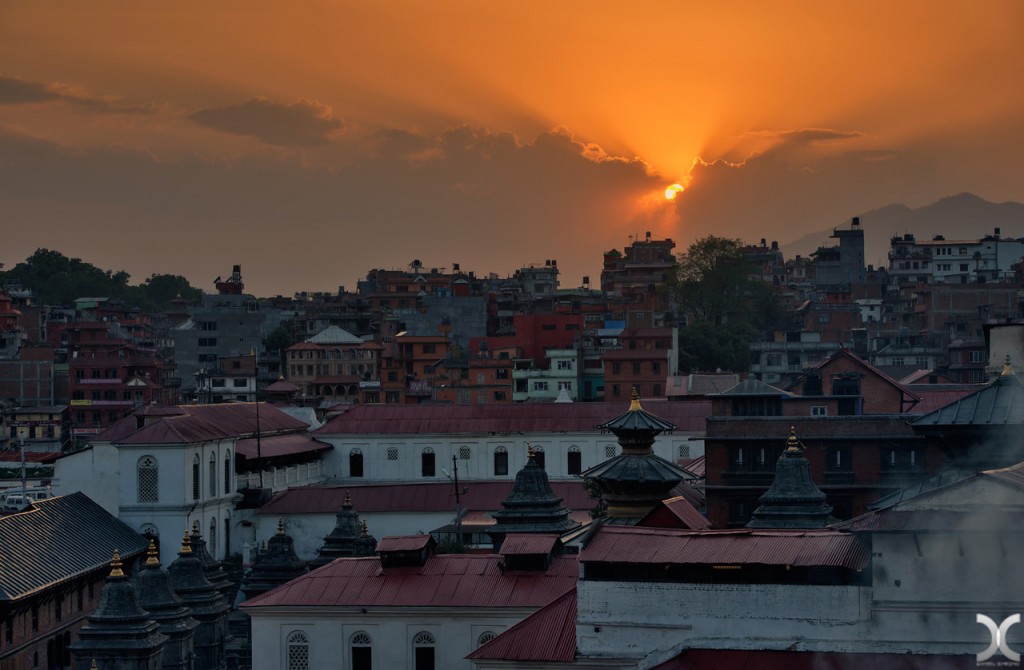
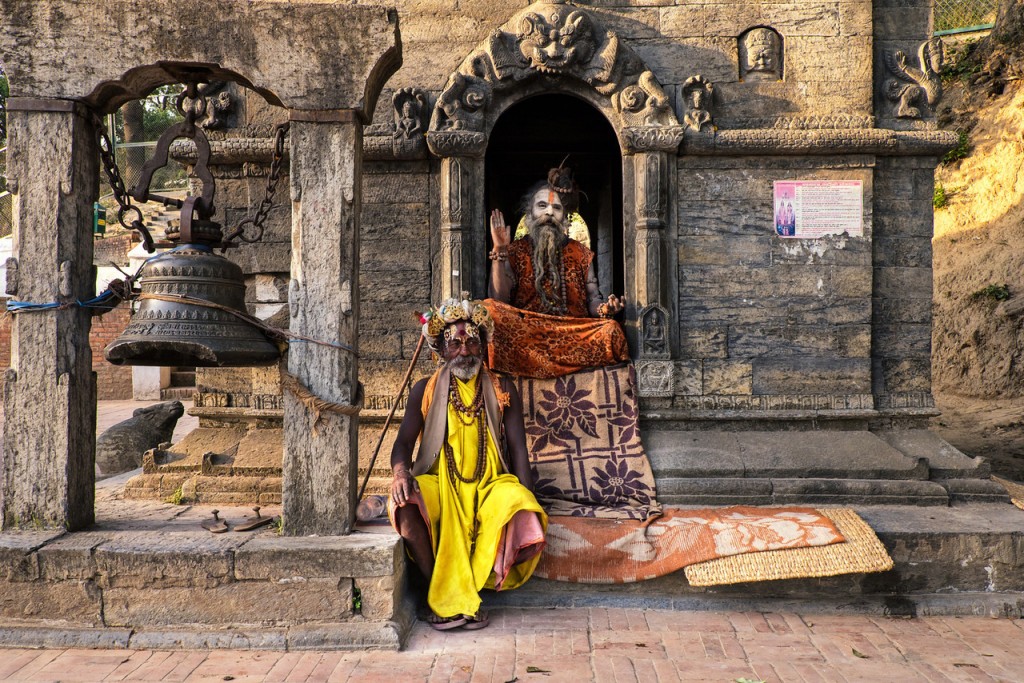
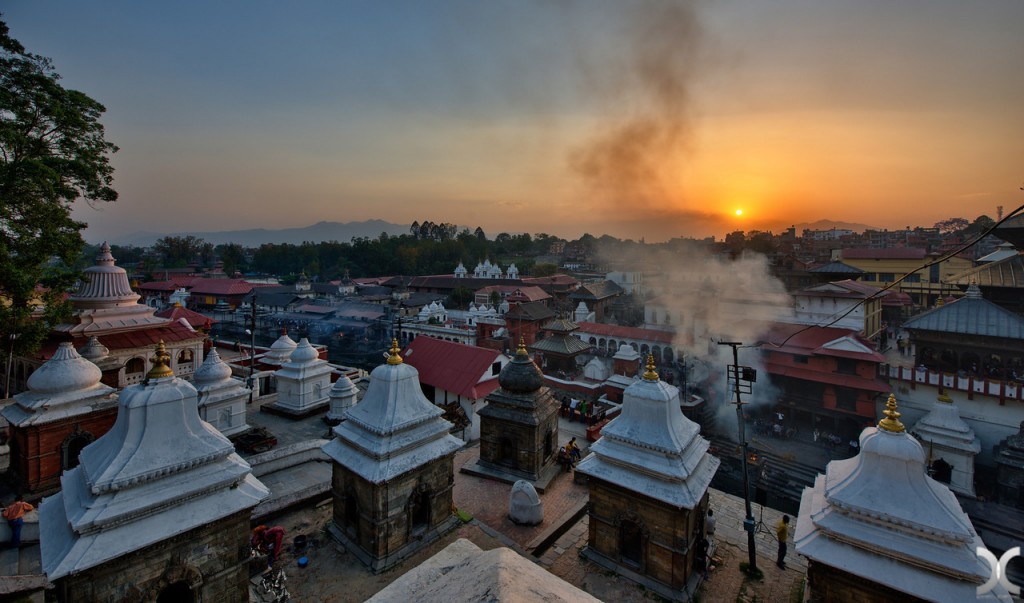
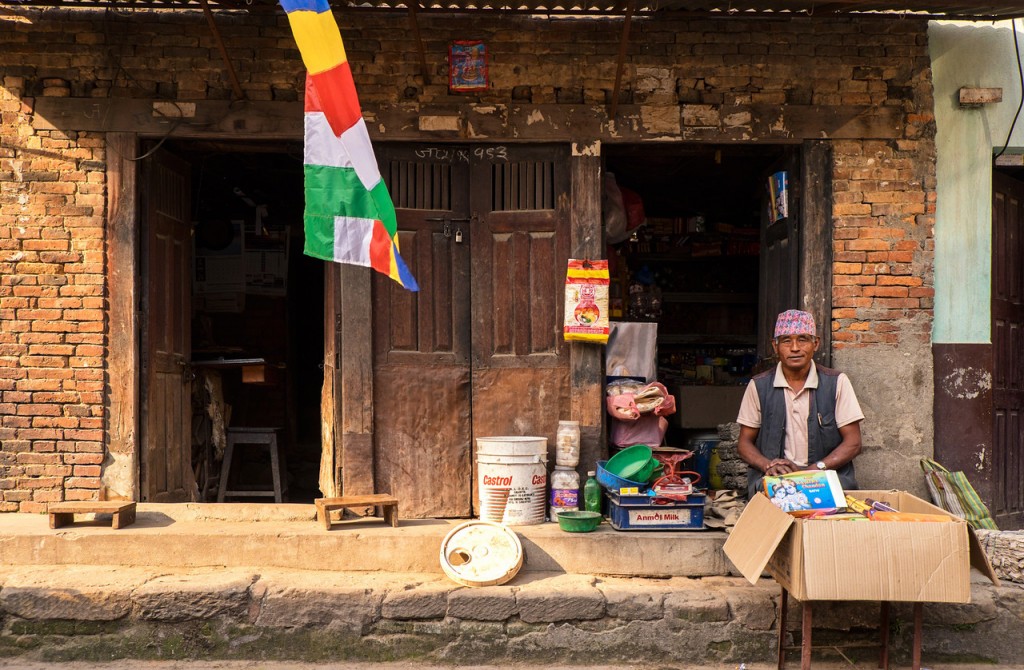
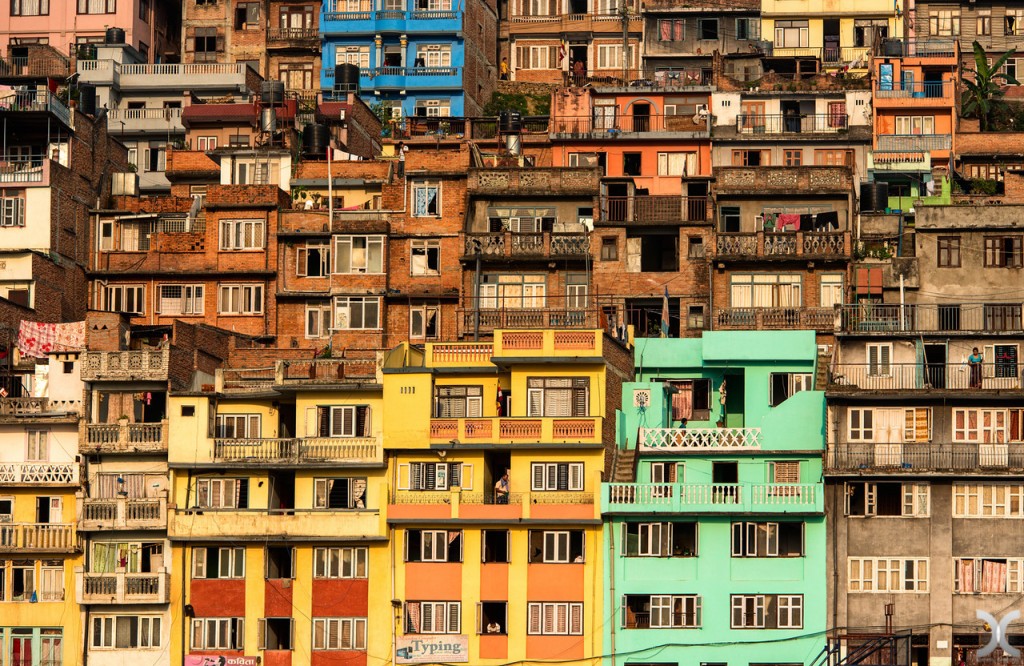
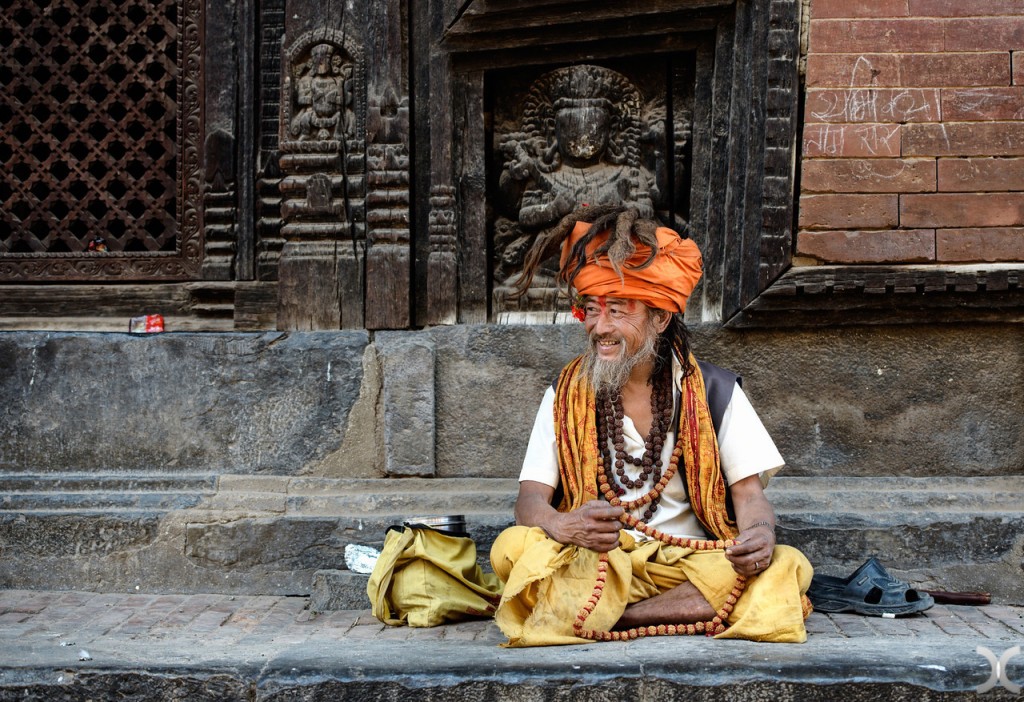
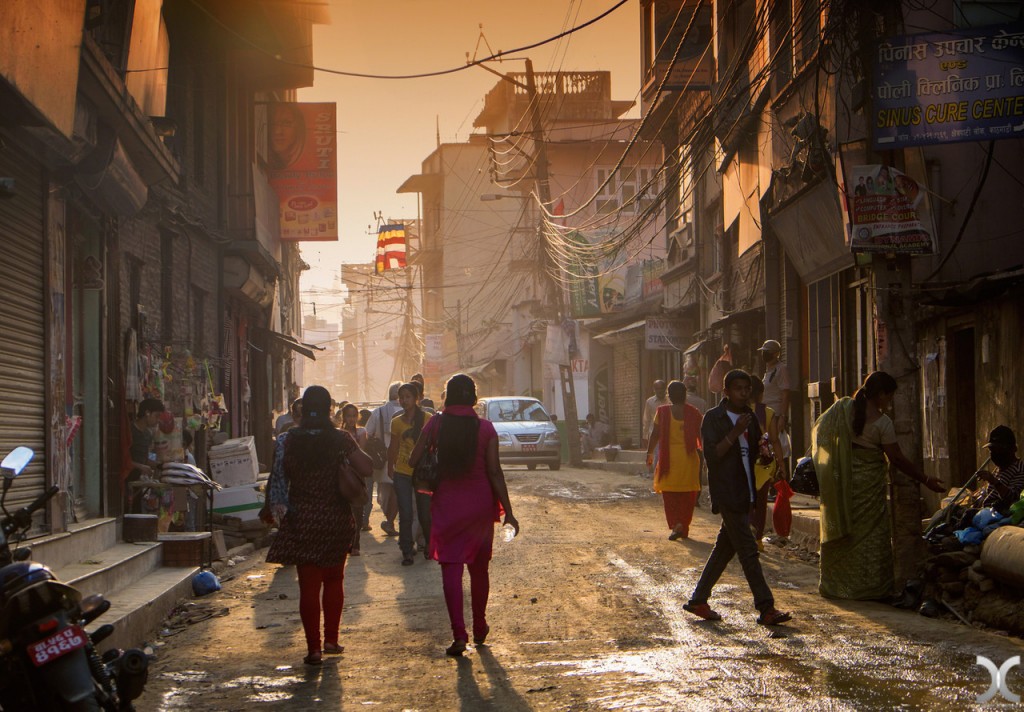
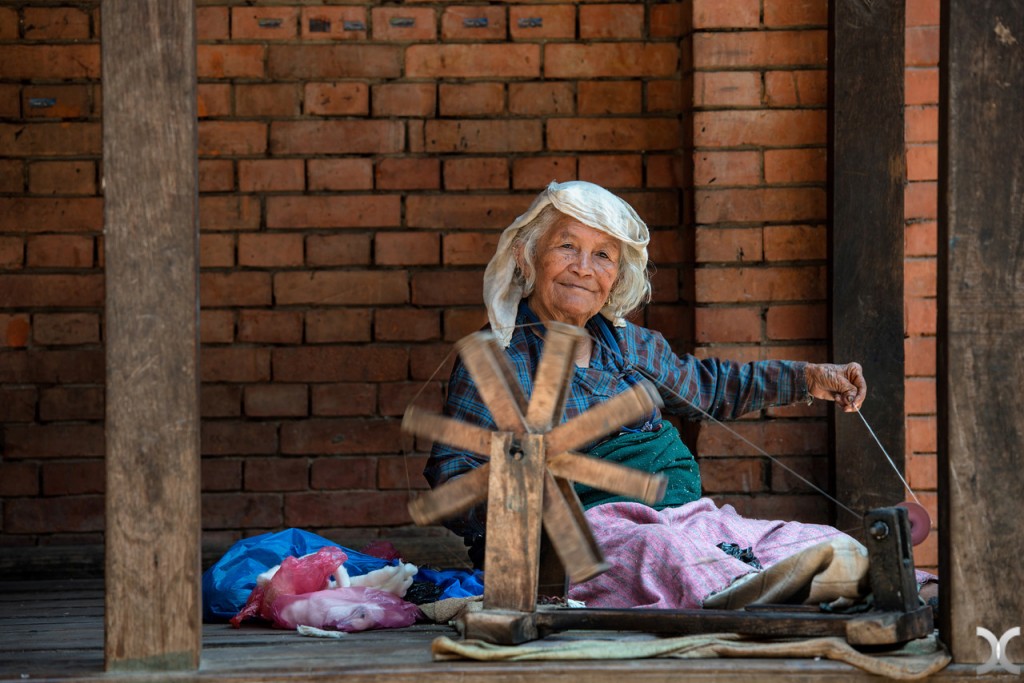
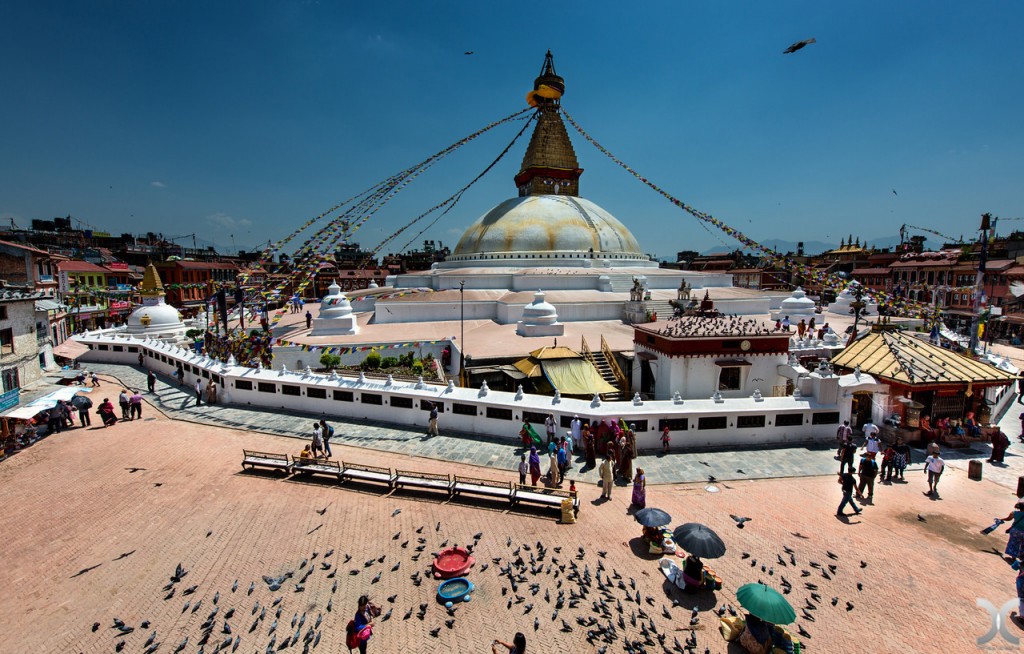

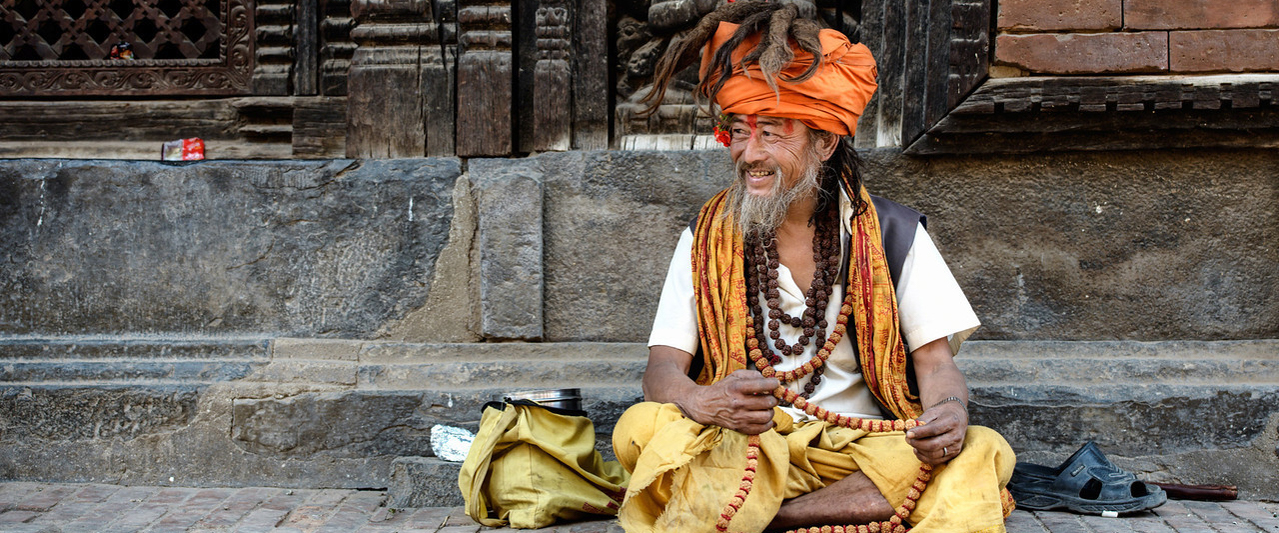
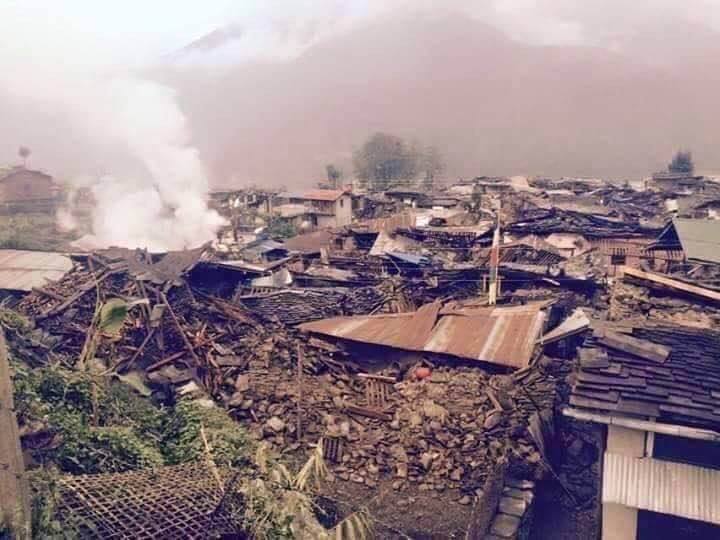
20 comments
9gxqdr
evvq1t
6sujcx
7hv3kw
bbepv1
jqcw67
4wgvt7
b0wj4t
01k76p
82w211
klzdn4
y9le8m
4dmelt
2d2vli
dzsu2l
32now3
vgfm1g
hcp2jg
tuftch
2pyv0h